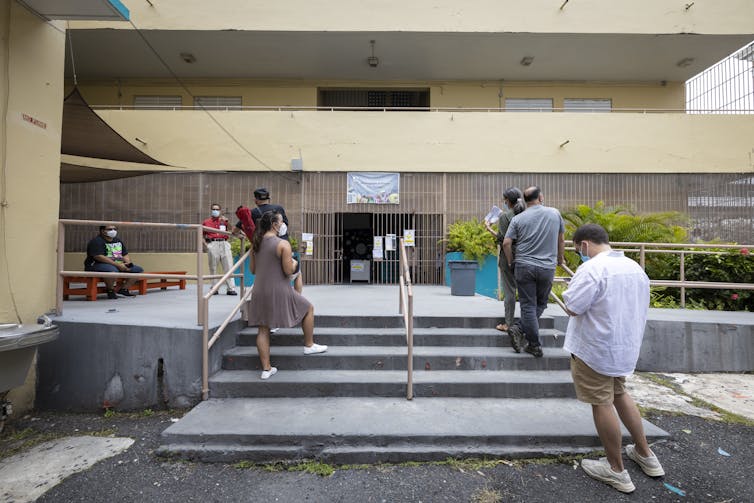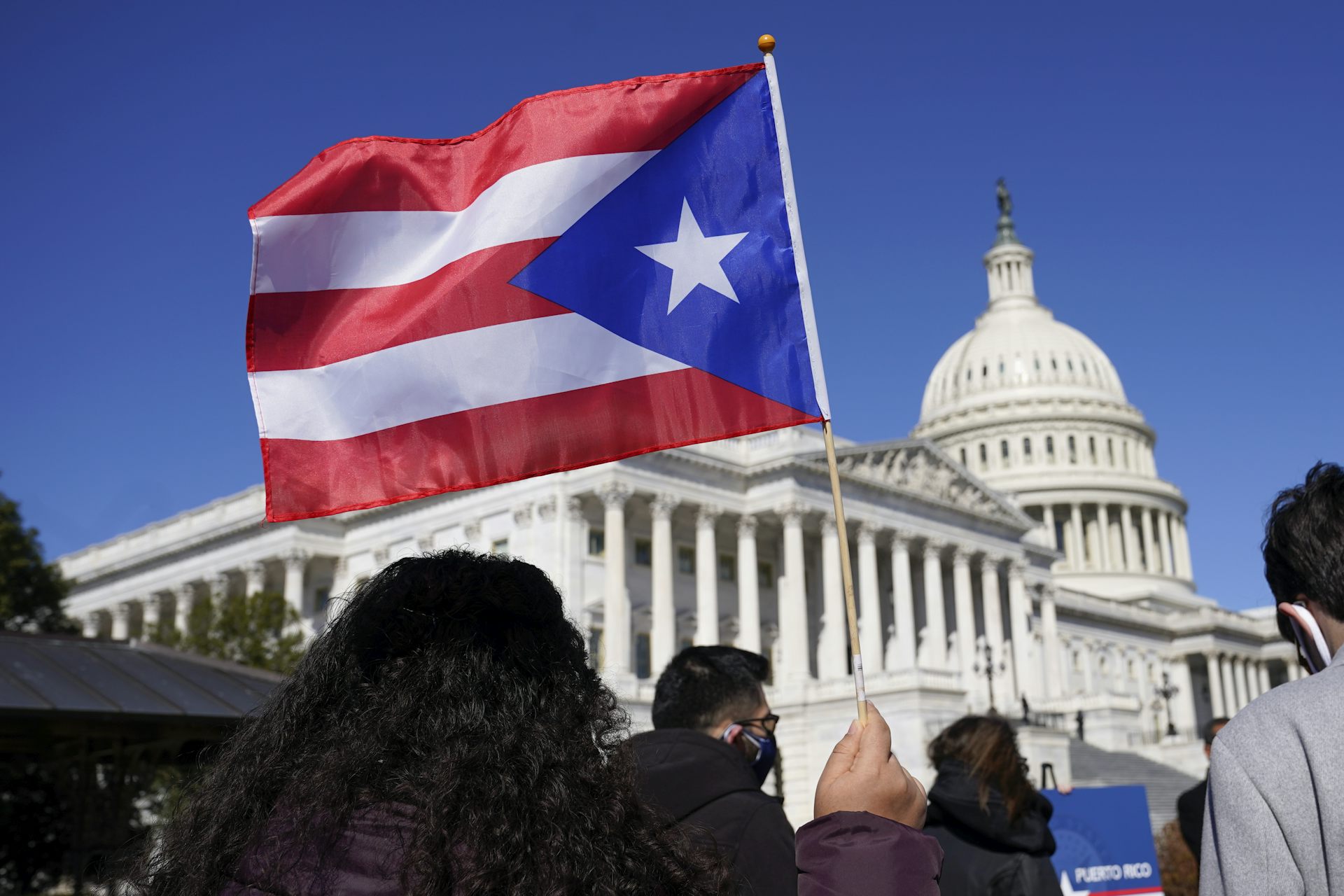In the 125 years since U.S. troops invaded Puerto Rico on July 25, 1898, during the Spanish-American War, the U.S. government has controlled the island militarily, politically and economically – with no end in sight or, for Puerto Rico, a clear path to statehood.
That has been an issue of contention for many Puerto Ricans living on the island and stateside.
As I have documented in my 2017 book “Puerto Rico: What Everyone Needs to Know,” the island of nearly 3.3 million people has a peculiar position in Latin American and Caribbean countries because of its dependent relationship with the U.S.
Technically, Puerto Rico is an “unincorporated territory” that legally belongs to but is not a part of the United States.
The road to territorial dependence
In a case about the constitutionality of a tariff on goods trafficked between the island and the mainland, the U.S. Supreme Court defined Puerto Rico in 1901 as “foreign to the United States in a domestic sense” because it was neither a state of the American union nor an independent republic.
The court also ruled that the island was “a territory belonging to … but not a part of the United States.”
This decision meant that Congress would determine which parts of the U.S. Constitution applied to Puerto Rico.
In another case, the court declared in 1904 that Puerto Rican emigrants to the U.S. were not “aliens” and could move freely to the U.S. mainland.
Congress granted U.S. citizenship to all residents of Puerto Rico in 1917, but it did not extend to them all constitutional rights and obligations of citizenship, such as having congressional representation or paying federal income taxes.
In 1952, Puerto Rico became a U.S. commonwealth (or “Estado Libre Asociado” in Spanish) with a greater degree of autonomy than it previously had.
A colony except in name
As the U.S. and Puerto Rico mark the anniversary of the invasion on July 25, 2023, the island maintains a status similar to a colony because it lacks sovereignty and full representation in the federal government.
Like the District of Columbia and other territories such as Guam and the U.S. Virgin Islands, Puerto Rico elects a delegate – called a resident commissioner in Puerto Rico’s case – to the House of Representatives. But that delegate can only vote in congressional committees, not in full floor votes.
And Puerto Ricans living on the island cannot vote for the U.S. president and vice president.
But the president and Congress can determine policies about domestic programs, defense, international relations, foreign trade, and investment that affect people living in Puerto Rico. In the past, for instance, Congress has excluded or limited Puerto Ricans from access to federally funded programs such as Medicare, Supplemental Security Income and the Supplemental Nutrition Assistance Program.
The island’s colonial status became an even greater issue during the past decade.
In June 2015, then-Governor Alejandro García Padilla declared that Puerto Rico’s public debt of over US$72 billion was “not payable.”
But because Puerto Rico is not a state, it does not qualify for federal bankruptcy. In order to restructure the debt, Congress passed the Puerto Rico Oversight, Management, and Economic Stability Act in June 2016, which placed the island’s fiscal affairs under direct federal control.
In August 2016, then-President Barack Obama appointed a seven-member oversight board from a list of candidates nominated by Congress, including four Puerto Ricans.
This board, derisively called “la junta” by Puerto Ricans, is strangely reminiscent of the Executive Council, which ruled the island between 1900 and 1917 with little input from local elected officials.
The board will remain in effect until Puerto Rico has balanced its budget.
Statehood for Puerto Rico?
Puerto Rico has held six referendums about its political status since the 1960s.
Most voters rejected a status change in 1967, 1993 and 1998.
The 2012 results were unclear because many voters did not answer both parts of a two-part status question.
In 2017, statehood won decisively – over 97% of those who participated – but the turnout was very low at 23%.
In the most recent 2020 vote, almost 53% of the voters supported becoming the 51st state of the American union. But nearly half of the electorate rejected this option, underscoring the split among Puerto Rican voters.

In December 2022, the House of Representatives passed H.R. 8393, proposing yet another referendum on Puerto Rico’s political status, which would have been the first to bind Congress to implement its results. But the Senate failed to consider the bill.
As it is now, only Congress can add new states to the Union, via an Admission Act or House Resolution that requires approval by a simple majority in the House and Senate.
Another bill – the Puerto Rico Status Act or (H.R. 2757) – was introduced in May 2023, but given the lack of congressional bipartisanship, it is unlikely that the bill will obtain enough Republican votes in the Senate.
As a result, 125 years after the U.S. occupation, Puerto Rico is still considered “foreign in a domestic sense.”![]()
Jorge Duany, Professor of Anthropology and Director of Cuban Research Institute, Florida International University
This article is republished from The Conversation under a Creative Commons license. Read the original article.
